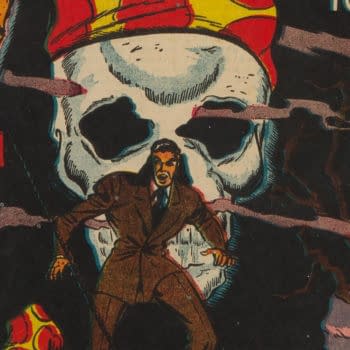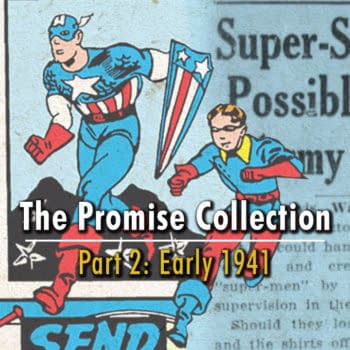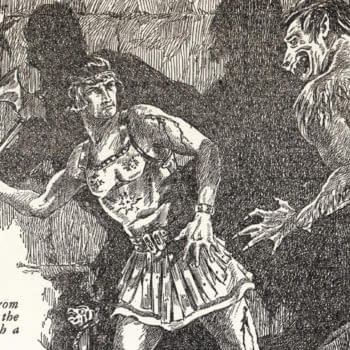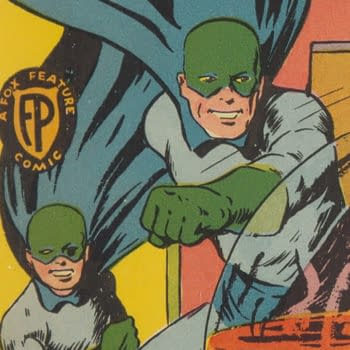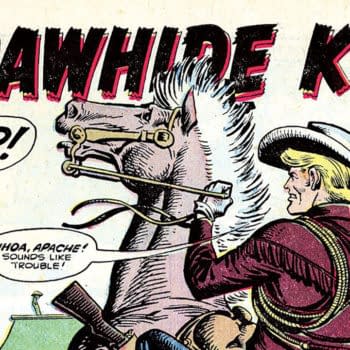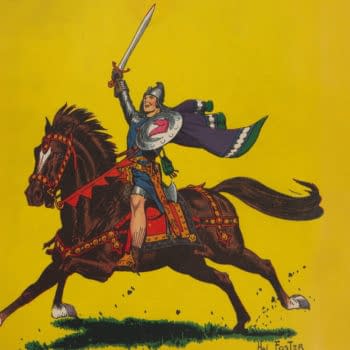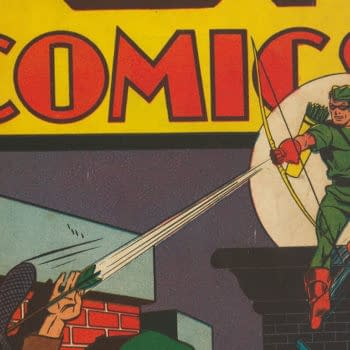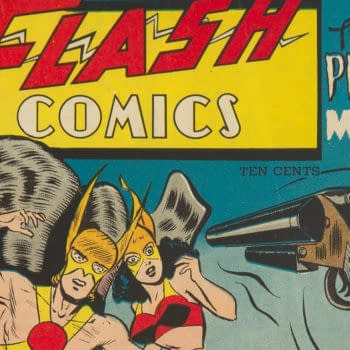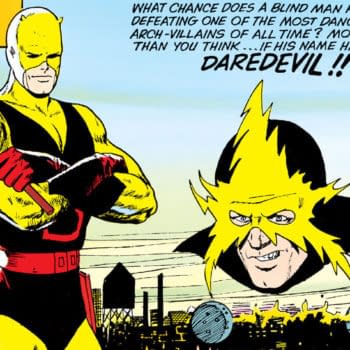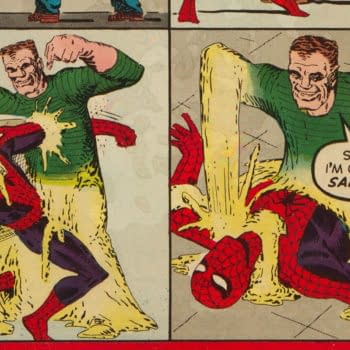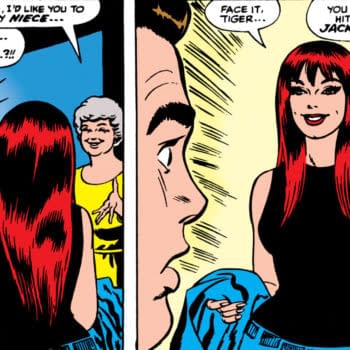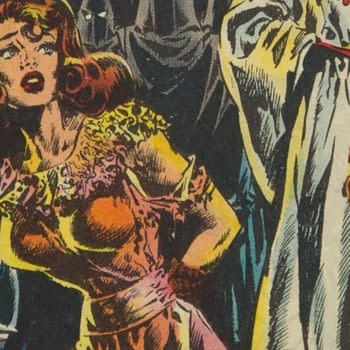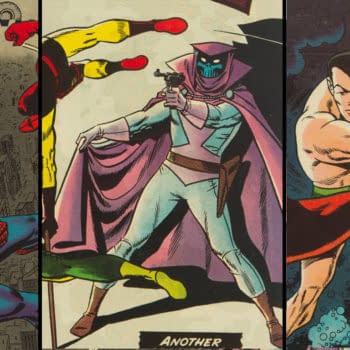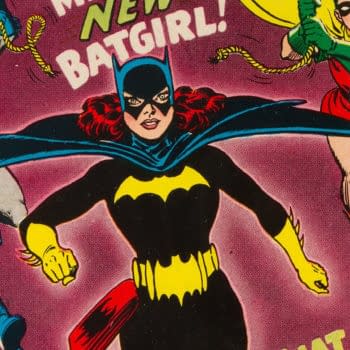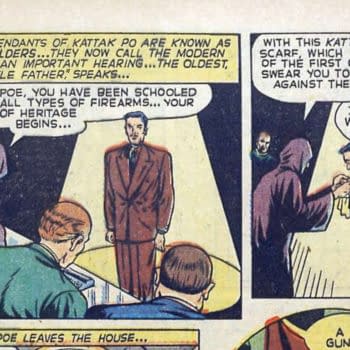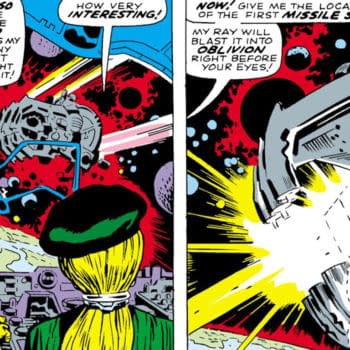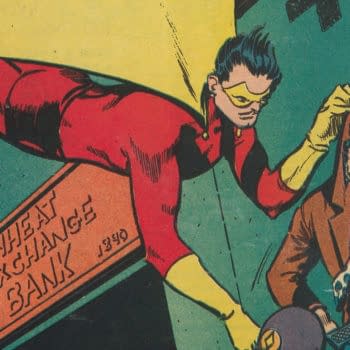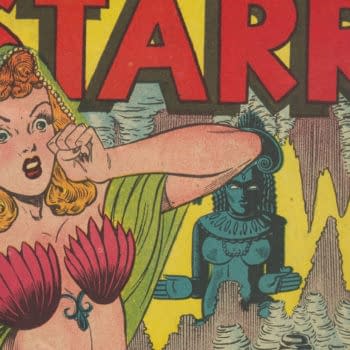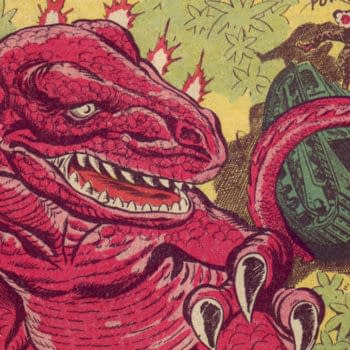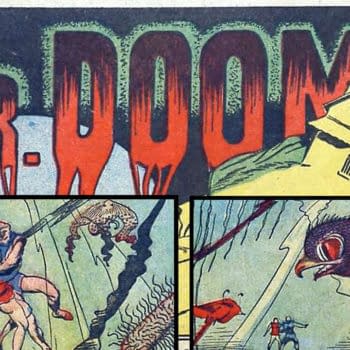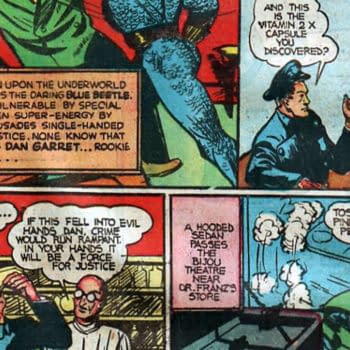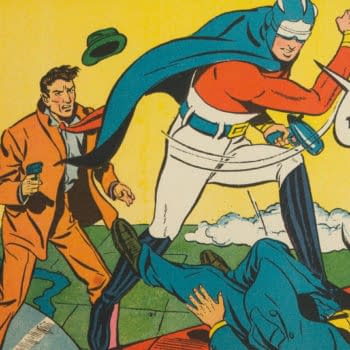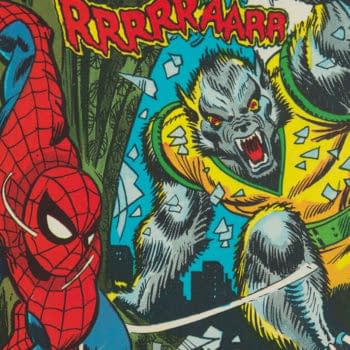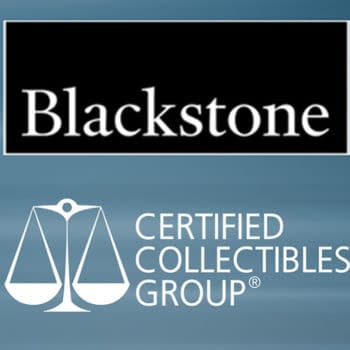57 years ago Marvel reintroduced its most popular Golden Age character to new audiences in Avengers #4, kicking the Marvel Age into high gear.
Mark Seifert Archives
In which the elusive Liberty Comics #12 gives us a hook into understanding the wheeling and dealing of the comic book industry of its era.
Doc Samson's 1971 debut in Incredible Hulk #141 from Marvel introduced another Gamma Radiation-powered character into the mix.
The Promise Collection is a group of unbelievably high grade comic books from 1939-1952, and 1941 is the dawn of Captain America Comics.
Science fiction, fantasy and horror pulp Weird Tales began in February 1928 and introduced the likes of Conan and Cthulhu to the world.
DC's Black Canary soared to prominence from obscure and elusive beginnings in a Johnny Thunder backup story in Flash Comics #86.
Green Lantern villain the Harlequin appeared 8 times within a year in 1948/49, and provided one of the biggest plot twists of the era.
Fox's Green Mask got his powers from a Vita-Ray machine long before Captain America did, and this Golden Age series is tough to get.
The name Rawhide Kid overcame 19th and early 20th century obscurity to become an enduring part of pop culture in film, pulps and comics.
Feature Book #26 from 1941 featuring Hal Foster's Prince Valiant, holds an interesting place in comic book collecting history.
The Promise Collection is a group of unbelievably high grade comic books from 1939-1952, and it starts with Detective Comics #33 and Batman.
Green Arrow was finally featured on the cover of a comic book for the first time ever for More Fun Comics #77.
The late 1940s era of Flash Comics featured work by Infantino, Kubert and others on Hawkman, Flash and Black Canary and is an underrated era.
Daredevil 2 (1964) is an excellent example of the Marvel Universe of its era, from street crime to outer space, even a dose of the Cold War
The Sandman's introduction in The Amazing Spider-Man #4 by Steve Ditko and Stan Lee is one of the best villain debuts of Marvel's Silver Age.
Mary Jane's debut into the Amazing Spider-Man storyline in issues #42 and #43 is one of the most iconic moments in Marvel history.
EC Comics' Shock SuspenStories #6 has one of the most reproduced covers in comic book history and an equally historic story behind it.
Early Daredevil issues by the likes of Wally Wood, Bill Everett, Stan Lee, and others provide a unique perspective on the Marvel Universe.
Detective Comics #359 is the first appearance of Batgirl (Barbara Gordon), and it's one key among many that have been on the move lately.
Clue Comics #10 from Hillman Periodicals contains the debut of a character one wouldn't expect to find in a late Golden Age comic book.
When Captain America 100 hit the newsstand in January 1968, it marked the first time a comic book had used that title in nearly 14 years.
Captain Wizard Comics #1, published by Croydon Publishing Co in 1946, might just be the strangest Golden Age comic book that I've ever read.
Audacious and daring reporter Brenda Starr got her name from 1930s socialite Brenda Frazier and her persona and look from Rita Hayworth.
People fighting giant monsters never gets old. Case in point is DC's War That Time Forgot debuting in Star Spangled War Stories in 1960.
Science Comics #1's Dr Doom and his Molecular Kingdom draws from the same science fiction influence as the MCU's Quantum Realm.
After launching in 1939, 1940 became Blue Beetle's year. He received a newspaper strip, radio show, his own series -- and an origin.
Big Shot Comics is an underappreciated title with an impressive array of comic book and comic strip talent behind it.
There's no such thing as an obscure Marvel character, even a character like Man-Wolf from Marvel's Amazing Spider-Man.
Comic book grading service CGC's parent company Certified Collectibles Group is set to be acquired by Blackstone Tactical Opportunities.
The 1953 Dick Ayers cover of Manhunt #14 is an example of the strange history of the 1950s comic book publishing scene.



